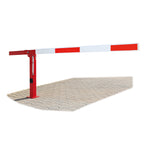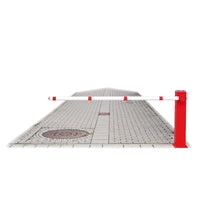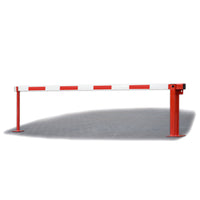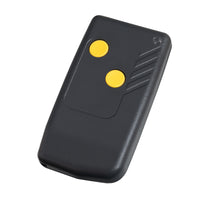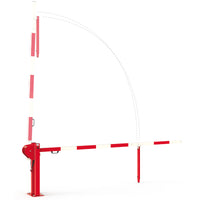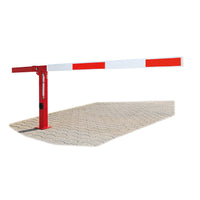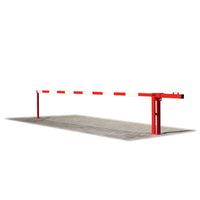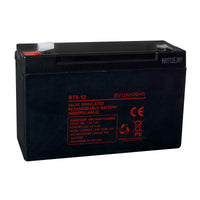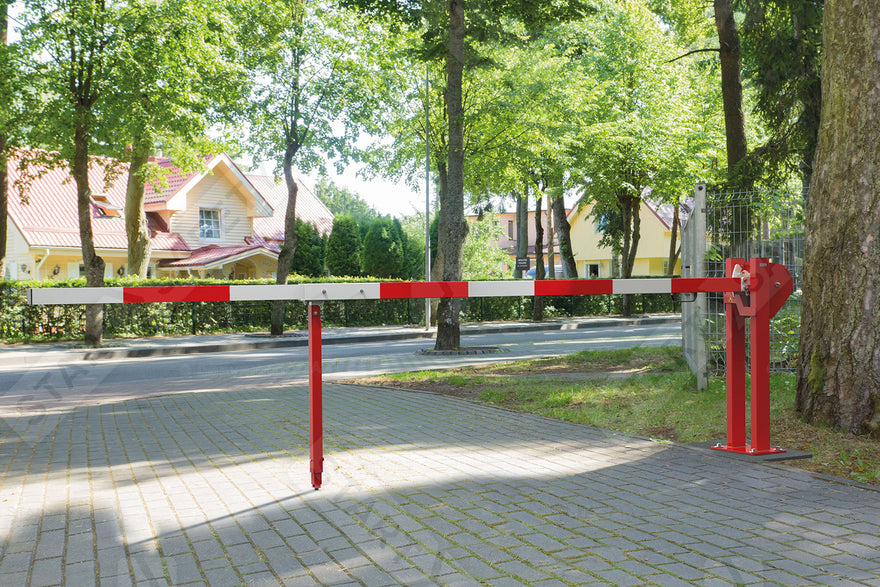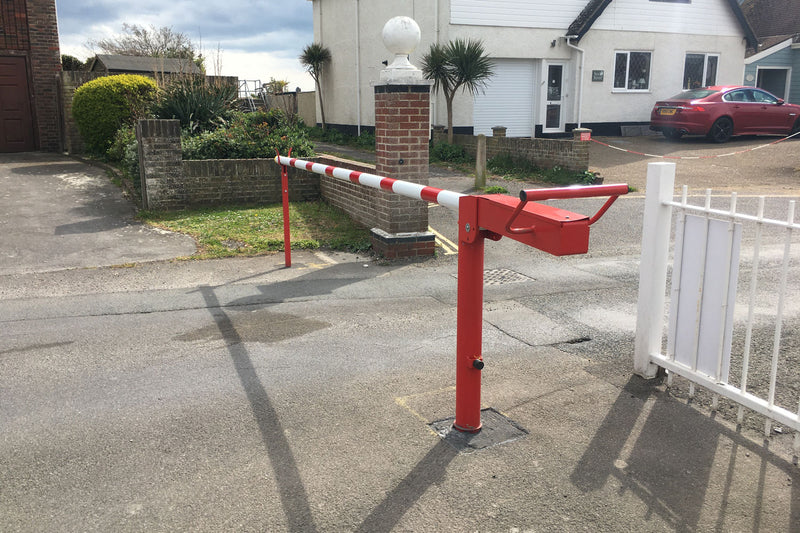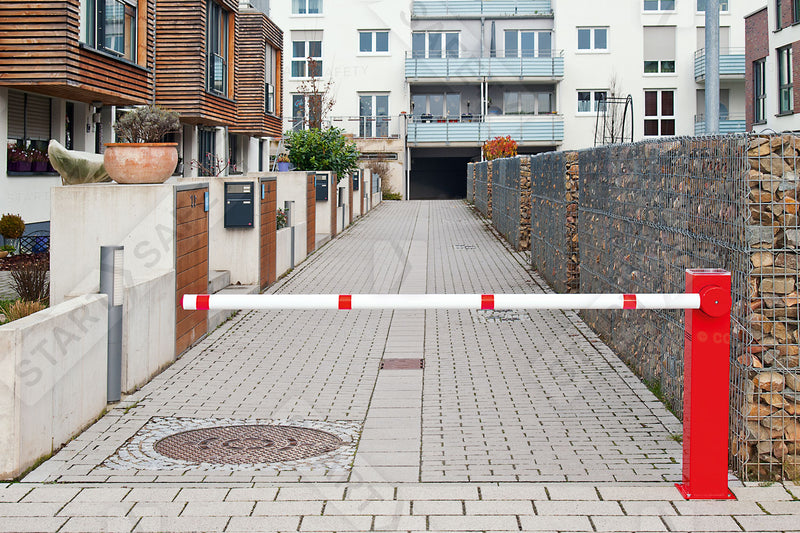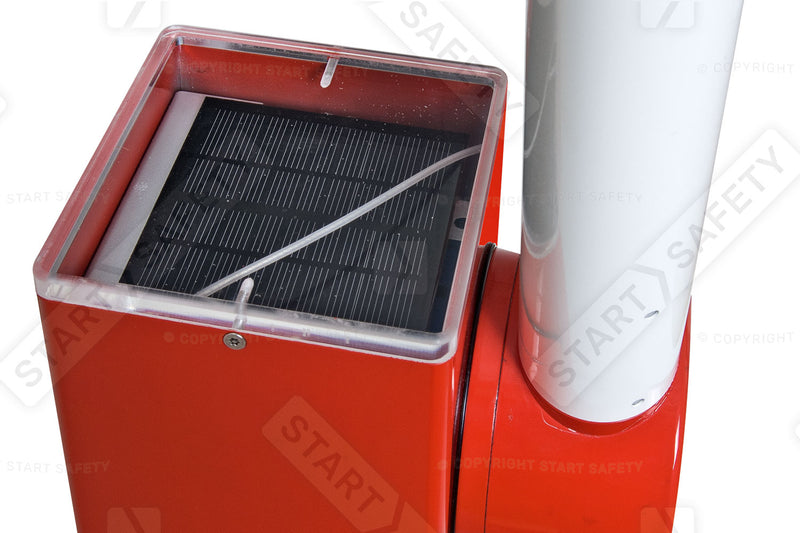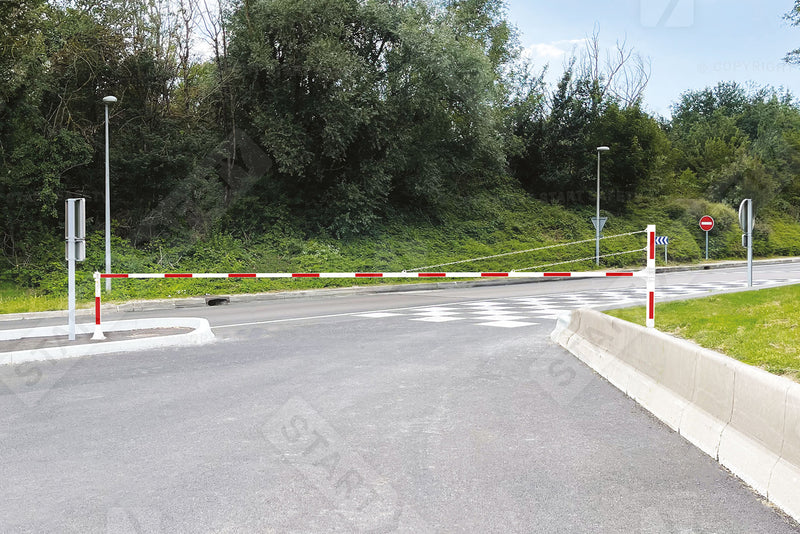Getting The Best Boom Gate Barriers For Your Needs
Before choosing a boom barrier, consider the following factors to find the solutions most suited to you:
Signage
Prominent signage can warn users as to the existence of the barrier - some of our barriers allow signage to be mounted on the gate itself. Consider height restrictor signage if there is a maximum height.
Dimensions
Ensure your barrier’s height, length, and diameter are appropriate for its intended use case.
Visibility
How visible must your barrier be? Consider using high-visibility colours or reflective strips to improve the visibility of the barrier, especially in low-light conditions and at night. Consider pairing your barrier with reflective tape, prominent signage, and lighting for improved visibility and less likelihood of damage to the barrier.
Fixing Method
Does your barrier need to be removable? Consider what it will be used for, what impacts it is expected to receive during its lifetime, and the available space around it.
Locks
Does your barrier need an integrated lock, or is a padlock sufficient?
Maintenance
Consider how often and to what extent your barrier must be maintained. How easy will it be to clean, and what likely forms of damage will it receive during its normal lifetime? How resistant is it to corrosion and salt?
Road Dimensions
How wide does your barrier need to be? Consider the length of the barrier needed for the road it will be installed on. Our boom barriers are available in a range of different lengths, with specialised short and long barriers for non-standard road widths. Also, consider whether you need a single barrier for one-way roads or two for two-way roads.
Gate Arm Lifting Options
Choose a suitable gate opening mechanism for your needs. Manual gates are usually supplied with a counterweight for easier operation, gas-assisted manual gates are even easier to use, and electric barriers are self-operated and don't require the user to get out of the car.
Opening Method
Some electric Boom Barriers have an automatic movement sensor built-in, and some require a remote control. Some require you to pull up your sleeves and lift them up yourself.
